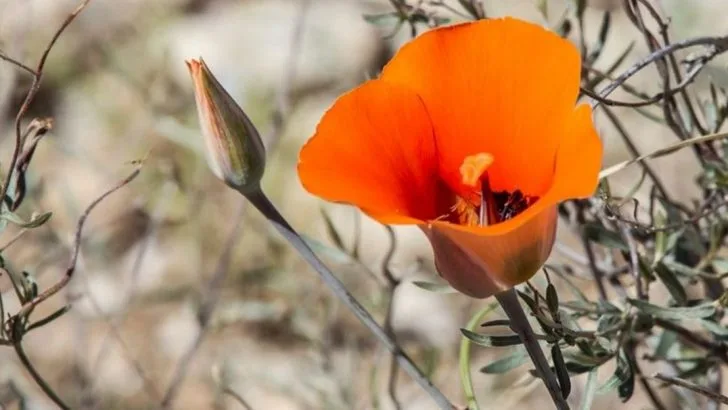They grow nowhere else on Earth. Not in the Alps. Not in the Amazon. Not even in your cousin’s fancy English garden. These wildflowers are 100% made in the USA—born of our mountains, deserts, coasts, and prairies. They’re beautiful, yes. But they’re also a bit rebellious. They thrive in places most plants wouldn’t dare. Some are tiny bursts of color clinging to cliff sides. Others blanket meadows for just a few glorious weeks. But here’s the kicker—many are vanishing. Paved over. Dug up. Forgotten. And once they’re gone, they’re gone for good. These 20 wildflowers are more than pretty faces. They’re botanical stories of survival, adaptation, and homegrown wonder. And they deserve to be known.
Texas Bluebonnet
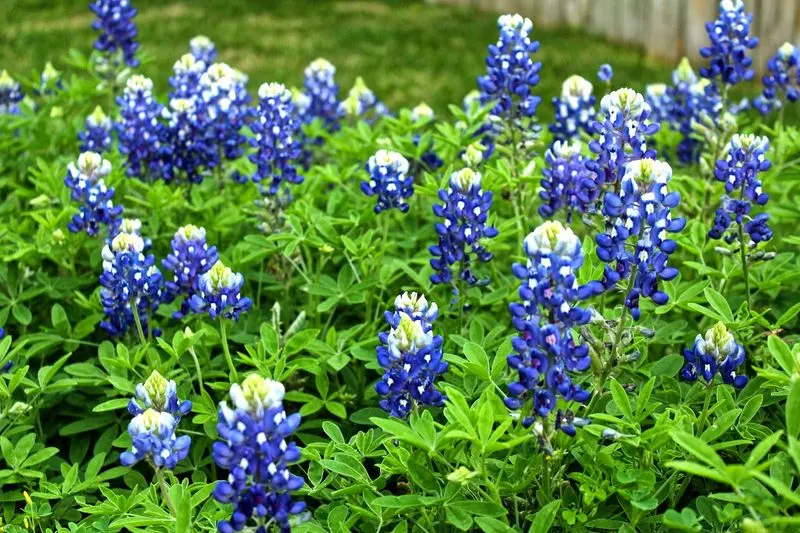
The Texas Bluebonnet stands as an emblem of Lone Star State pride. This wildflower captures the spirit of Texas with its bold blue petals and striking white tips.
Found across the state’s meadows and roadsides, it blooms each spring, painting the landscape in vivid color. The bluebonnet is more than just a pretty face; it plays a vital role in local ecosystems by supporting pollinators like bees and butterflies.
With a history steeped in Texan folklore, the bluebonnet symbolizes gratitude and resilience. Its presence is a testament to the beauty and tenacity of the natural world.
California Poppy
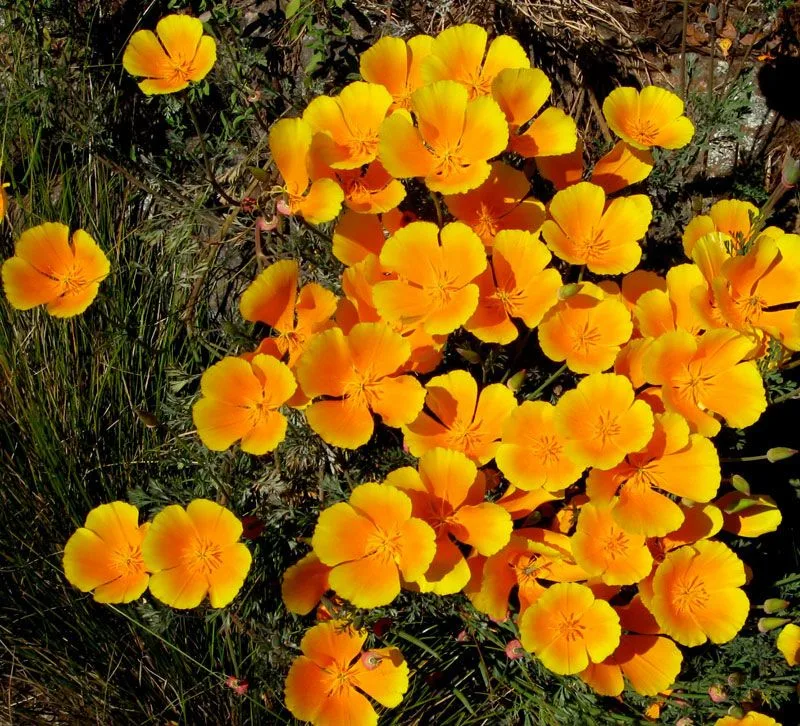
Bursting with radiant orange, the California Poppy is a symbol of the Golden State. This cheerful flower is not only the state flower but also a sign of springtime rebirth.
Thriving in the rocky soils of California, it spreads a carpet of color across meadows and coastal regions. Its drought resistance and resilience to poor soils make it a tough survivor.
Celebrated annually on California Poppy Day, it represents dreams, hope, and the enduring spirit of the West. A beloved figure, it embodies the carefree and adventurous essence of California.
Eastern Red Columbine
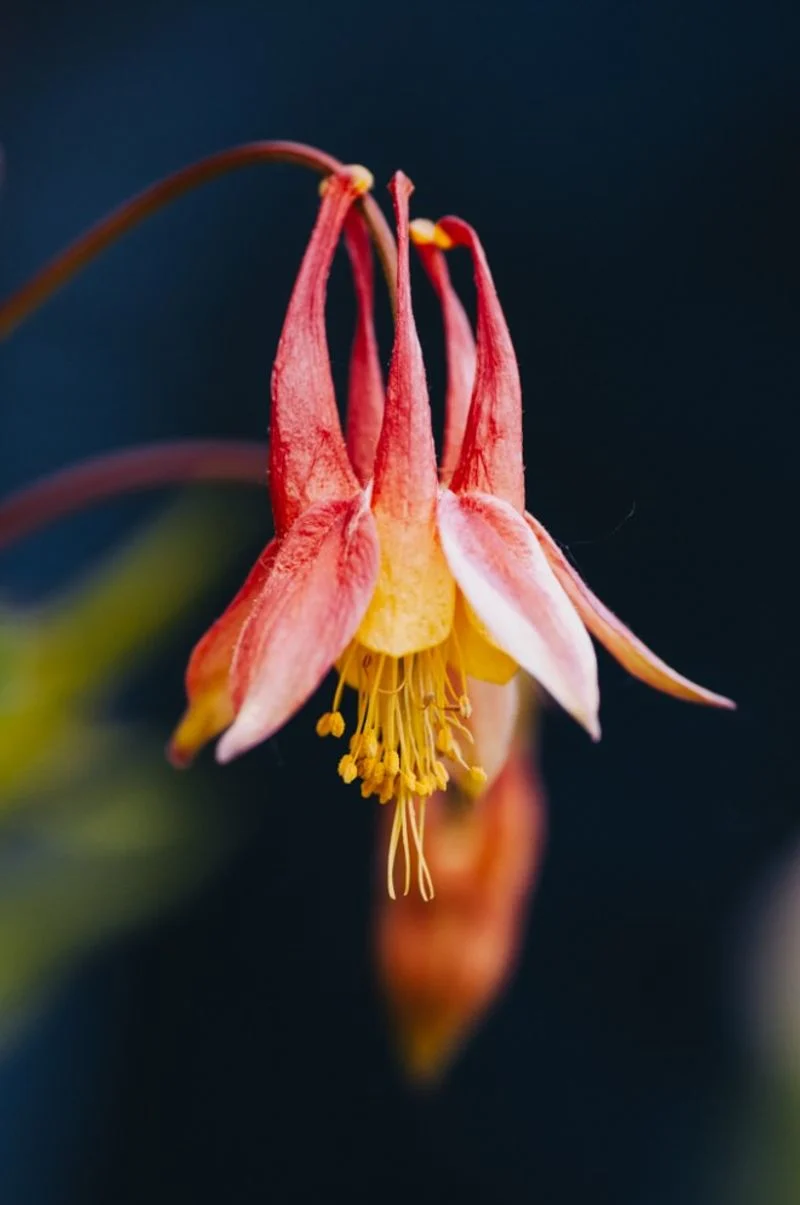
Eastern Red Columbine is a woodland jewel, boasting red and yellow bell-shaped flowers that effortlessly dangle from slender stems.
This wildflower is particularly attractive to hummingbirds, drawn by its unique shape and rich nectar. It thrives in shaded forest floors and rocky outcrops, adding splashes of color where sunlight filters through.
Rarely found outside its native woods, the Columbine serves as a reminder of nature’s delicate artistry. Its presence supports various pollinators and adds a touch of whimsy to hidden forest corners.
Desert Mariposa Lily
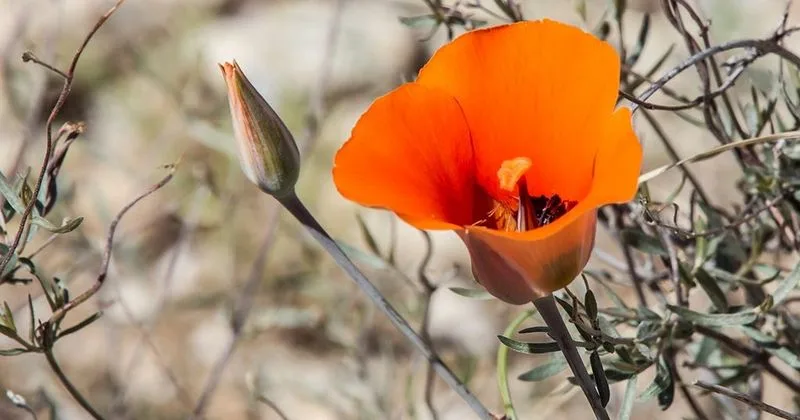
With delicate petals resembling butterfly wings, the Desert Mariposa Lily is a marvel of arid landscapes.
Found in the deserts of the southwestern United States, this wildflower blooms in isolation, a solitary splash of color in a sea of sand. Its ability to thrive in extreme conditions is a tribute to nature’s ingenuity.
The Mariposa Lily is more than a survivor; it’s a symbol of beauty in harsh environments, offering sustenance to insects and a visual feast to human observers.
Fireweed
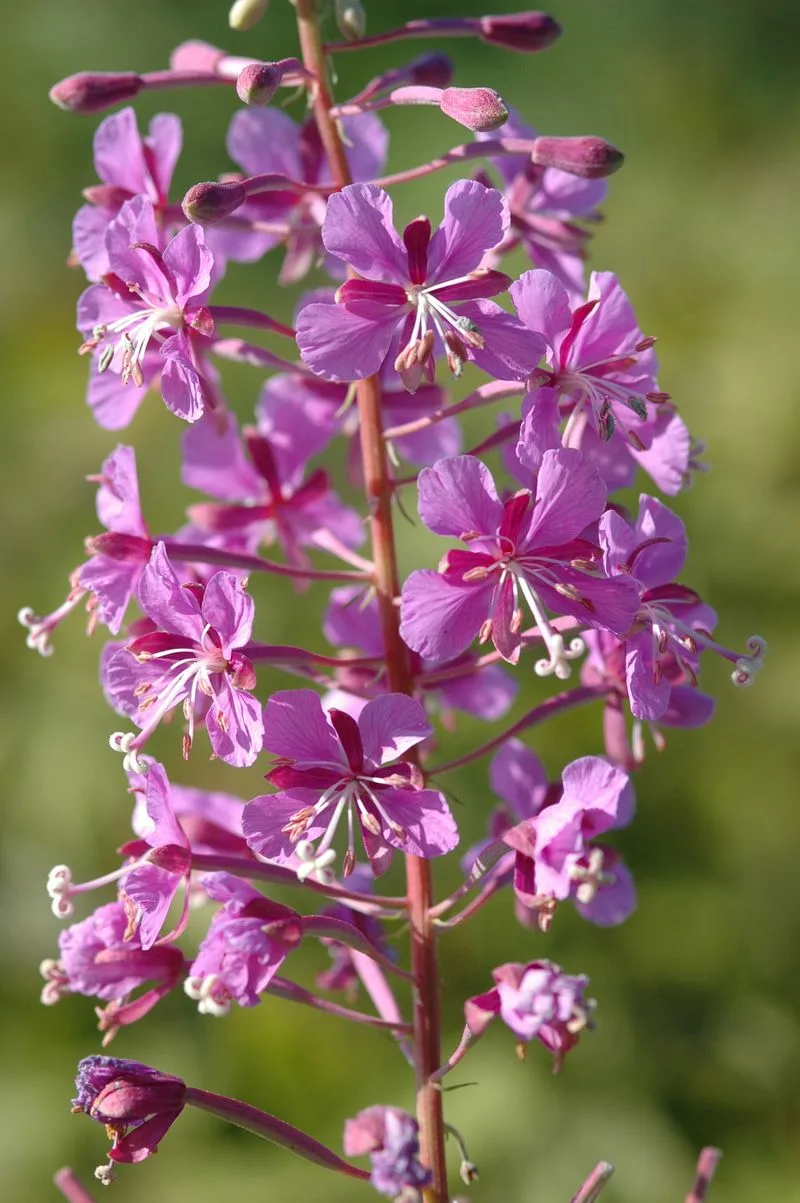
Fireweed blazes a trail through burned forests and disturbed land, living up to its fiery name. Its tall spikes of pink flowers signal new beginnings and regeneration.
Growing rapidly after fires, it plays a crucial role in healing landscapes, stabilizing soil, and providing habitat.
This wildflower is more than an ecological pioneer; it’s a symbol of resilience and renewal. Celebrated for its adaptability, Fireweed demonstrates nature’s ability to recover and thrive against the odds.
Showy Lady’s Slipper
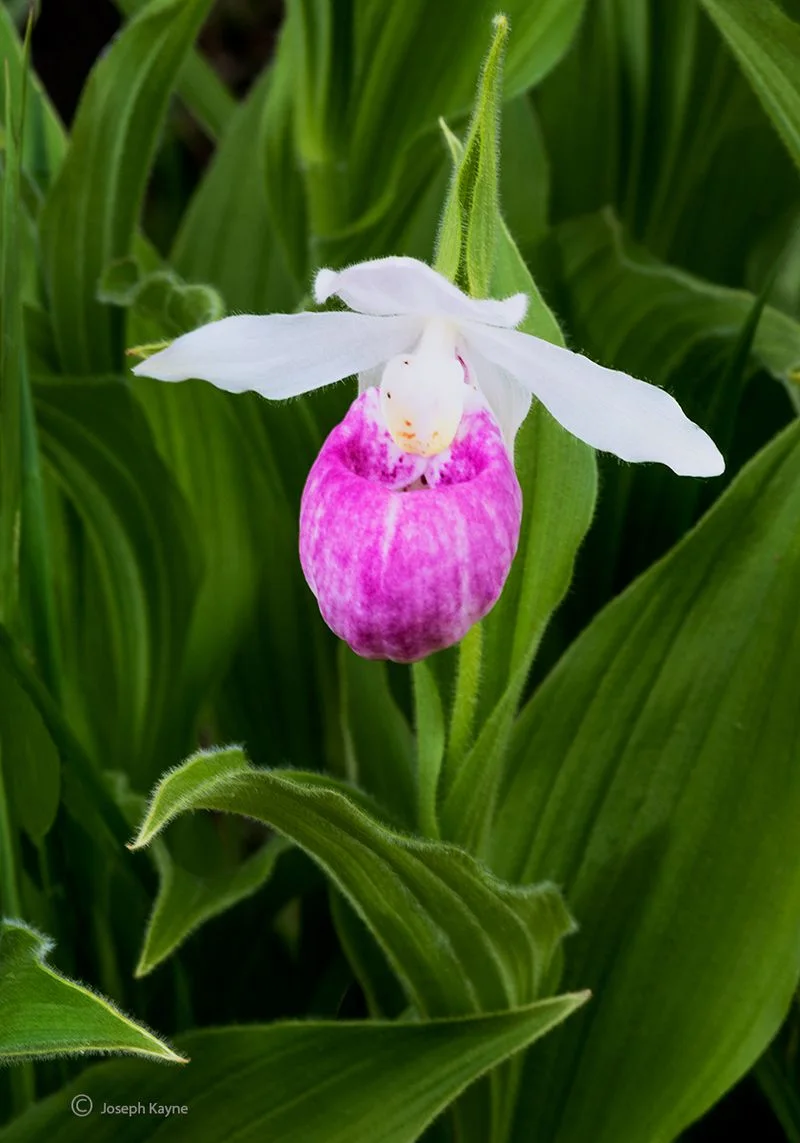
The Showy Lady’s Slipper is an enchanting orchid, thriving in the moist woodlands of the northern United States.
Its unmistakable white and pink blooms resemble an elegant slipper, captivating botanists and nature lovers alike. This rare beauty is protected by laws to preserve its fragile habitats.
A symbol of delicate grace, the Lady’s Slipper relies on symbiotic relationships with fungi to flourish. Its presence enriches the floral tapestry of woodlands, embodying the subtle wonders of the natural world.
Rocky Mountain Bee Plant
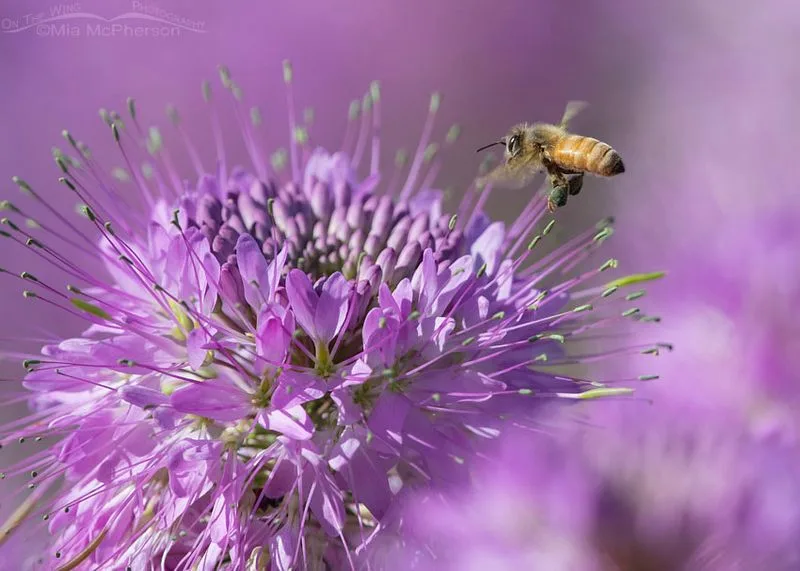
Dancing with bees, the Rocky Mountain Bee Plant is a magnet for pollinators. Its vibrant pink-purple blossoms create a lively scene in the western U.S.
Thriving in disturbed soils, it contributes to ecological diversity and health. Known for its historical use by Native Americans as food and dye, it connects the present to a rich cultural past.
This plant’s resilience and beauty make it a beloved part of the landscape, representing the harmonious relationship between flora and fauna.
Ozark Bluestar
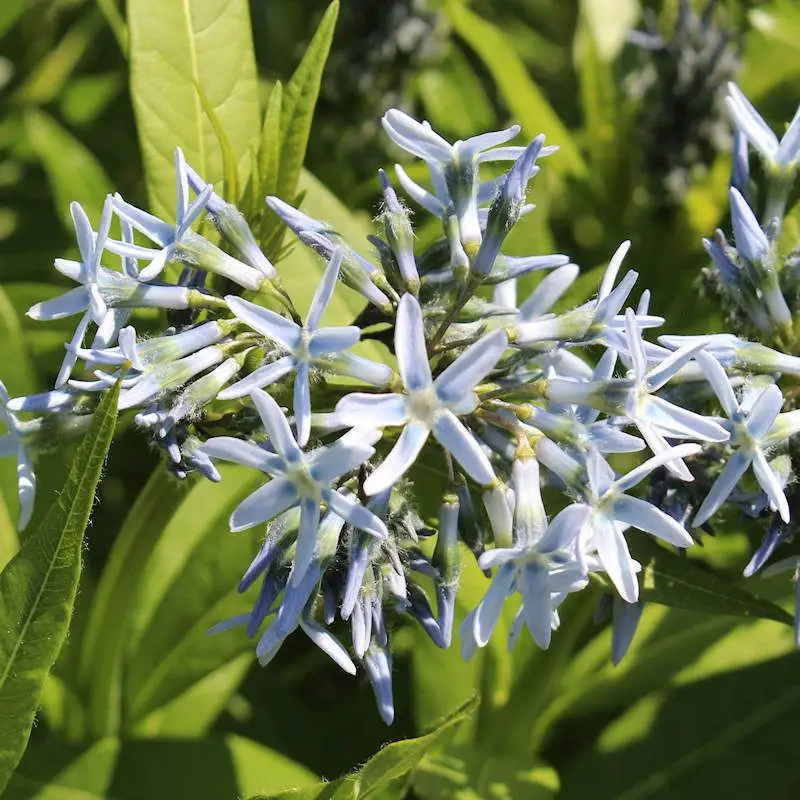
Ozark Bluestar offers a serene sight with its soft blue flowers that gracefully line the banks of streams in the Ozark Mountains.
Blooming in the spring, it adds a gentle hue to the lush green surroundings. This wildflower is not just aesthetically pleasing but supports local wildlife by providing nectar.
Its presence in the Ozarks symbolizes tranquility and natural balance, reminding us of the simple yet profound beauty of untouched wilderness.
Scarlet Paintbrush
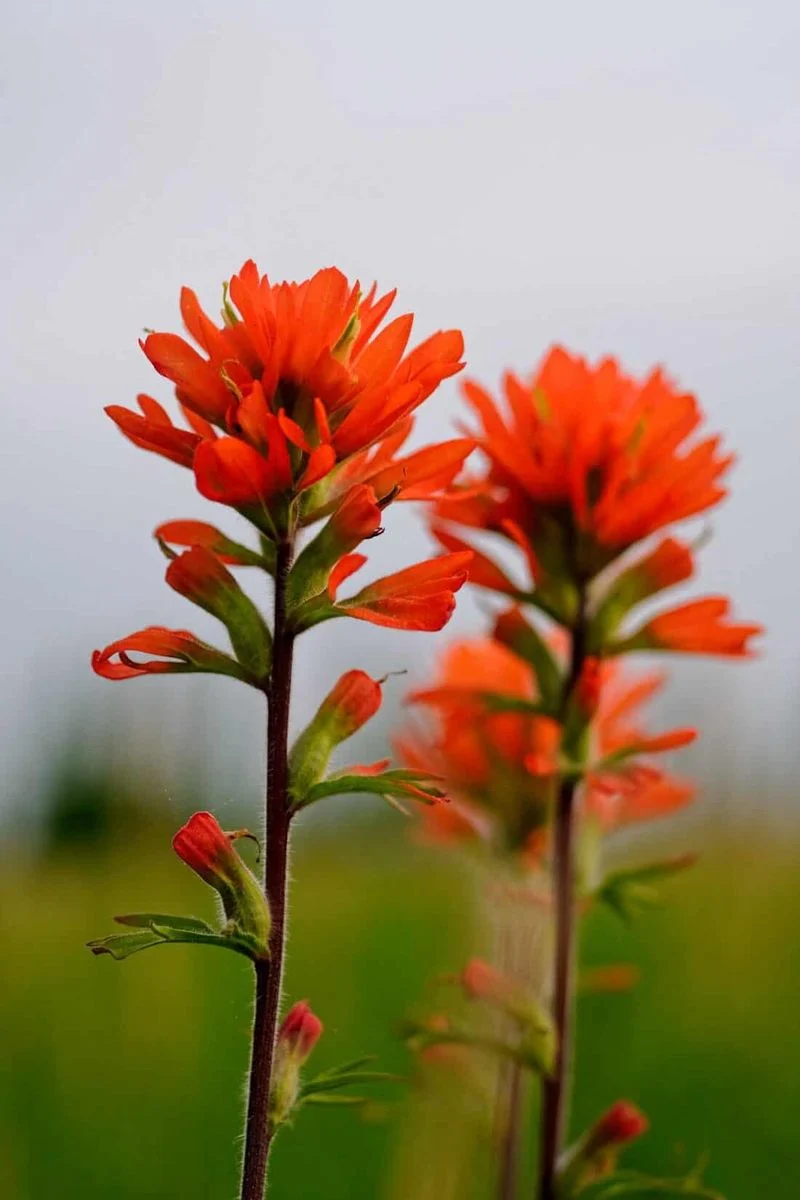
The Scarlet Paintbrush, with its vivid red bracts, resembles a brush dipped in paint ready to color the alpine meadows.
Found in the mountain ranges of the western U.S., it thrives in high altitudes where few others dare to grow. Its bright color attracts hummingbirds, playing a crucial role in pollination.
This wildflower is a testament to nature’s vivid palette, contributing to the rich diversity of mountain ecosystems and adding a fiery touch to the landscape.
Prairie Smoke
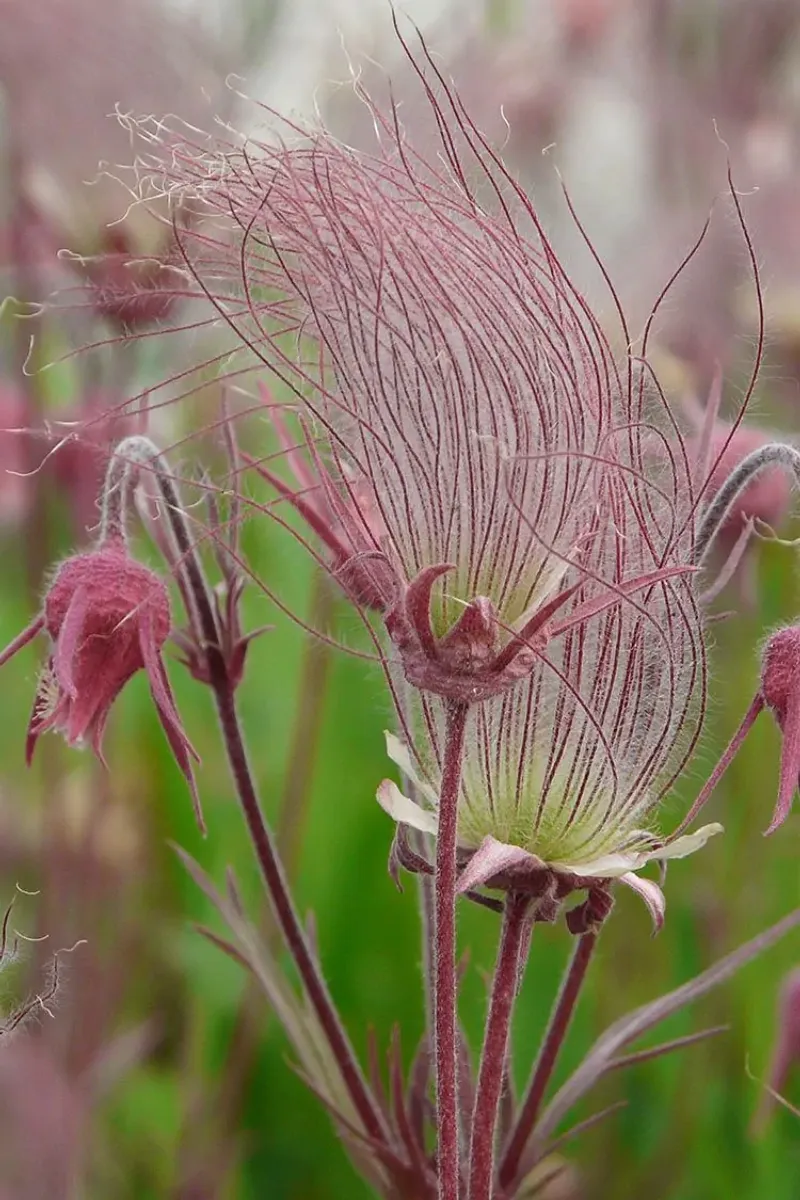
Prairie Smoke captivates with its feathery seed heads, resembling plumes of smoke drifting across the prairie.
This wildflower blooms in the spring with nodding pink flowers, later transforming into unique seed heads that dance in the breeze. Found in northern prairies, it supports pollinators and enhances soil health.
A symbol of the untamed beauty of prairies, Prairie Smoke stands as a reminder of the subtle marvels awaiting discovery in open landscapes.
New England Aster
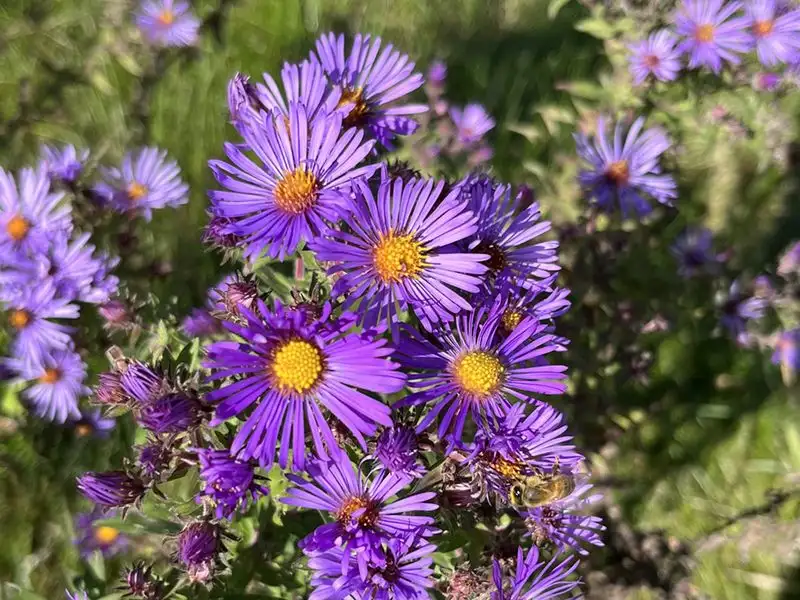
New England Aster bursts into color in late summer, painting gardens and wild areas with its purple blooms.
This versatile wildflower thrives in diverse environments, from roadsides to wetlands, providing late-season nectar for bees and butterflies.
A part of autumn’s vibrant tapestry, it symbolizes the changing seasons and the enduring beauty of native landscapes. Its presence enriches biodiversity, offering both visual delight and ecological value.
Jack-in-the-Pulpit
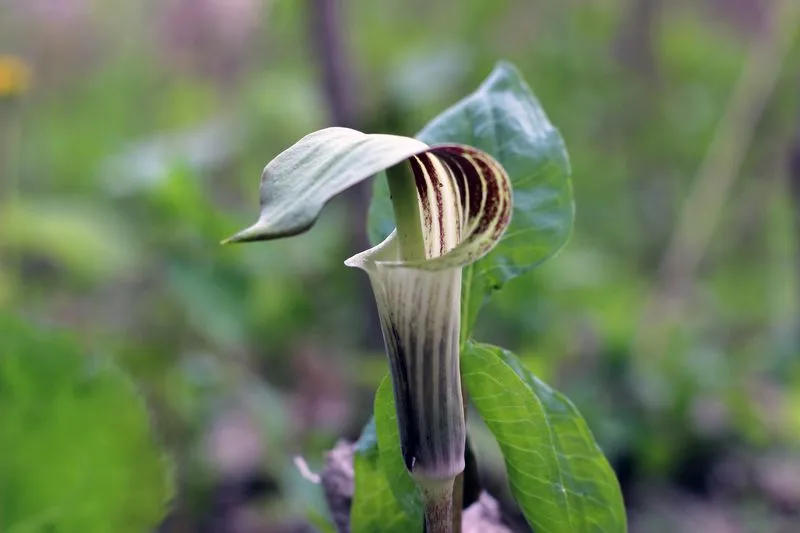
Jack-in-the-Pulpit intrigues with its unusual hooded flower, resembling a tiny figure standing in a pulpit.
Found in eastern forests, it thrives in shady, moist conditions, sharing its habitat with ferns and other woodland plants. The flower’s intriguing structure attracts curious observers and pollinators alike.
Beyond its unique appearance, this wildflower is a symbol of woodland mystery and diversity, contributing to the intricate web of forest life.
Bitterroot
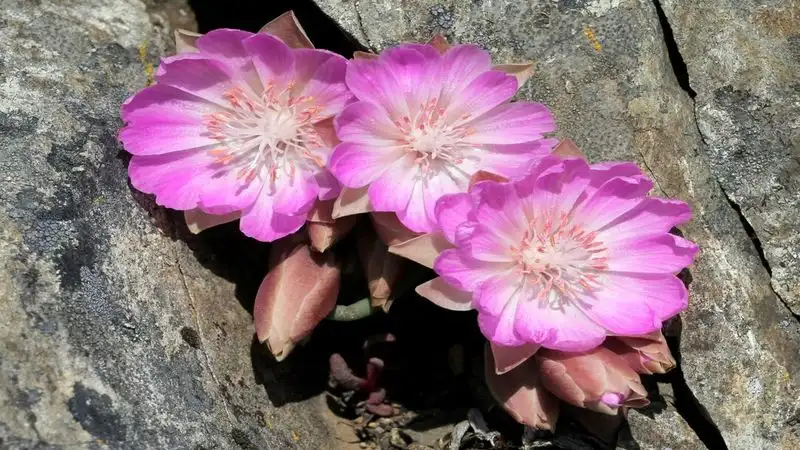
Bitterroot, with its delicate pink blooms, thrives in the challenging rocky soils of the American West.
A symbol of Montana, this wildflower is celebrated for its ability to flourish in harsh conditions, offering a splash of color to rugged landscapes.
Historically, Bitterroot was significant to Native American tribes for its culinary and medicinal uses. Its resilience and beauty make it a cherished emblem of endurance and adaptability.
Blue Flag Iris
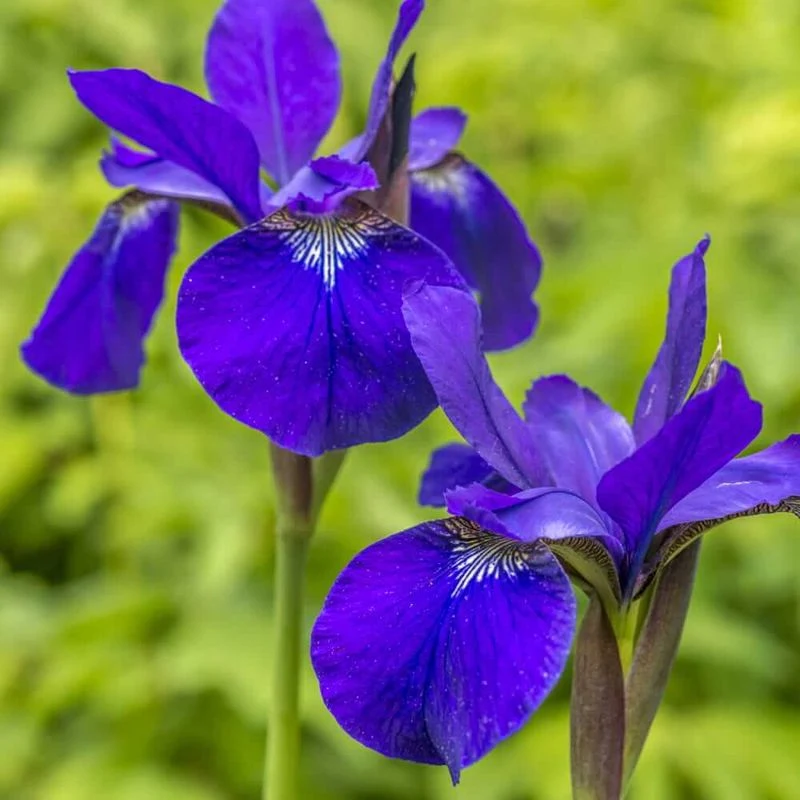
Blue Flag Iris stands out in wetland areas with its stunning blue petals and sword-like foliage.
This wildflower thrives in marshy environments, contributing to water purification and providing habitat for wildlife. Its striking beauty is matched by its ecological importance, supporting diverse species.
As a symbol of wetland vitality, the Blue Flag Iris plays a crucial role in maintaining balanced ecosystems, reminding us of the interconnectedness of nature.
Cardinal Flower
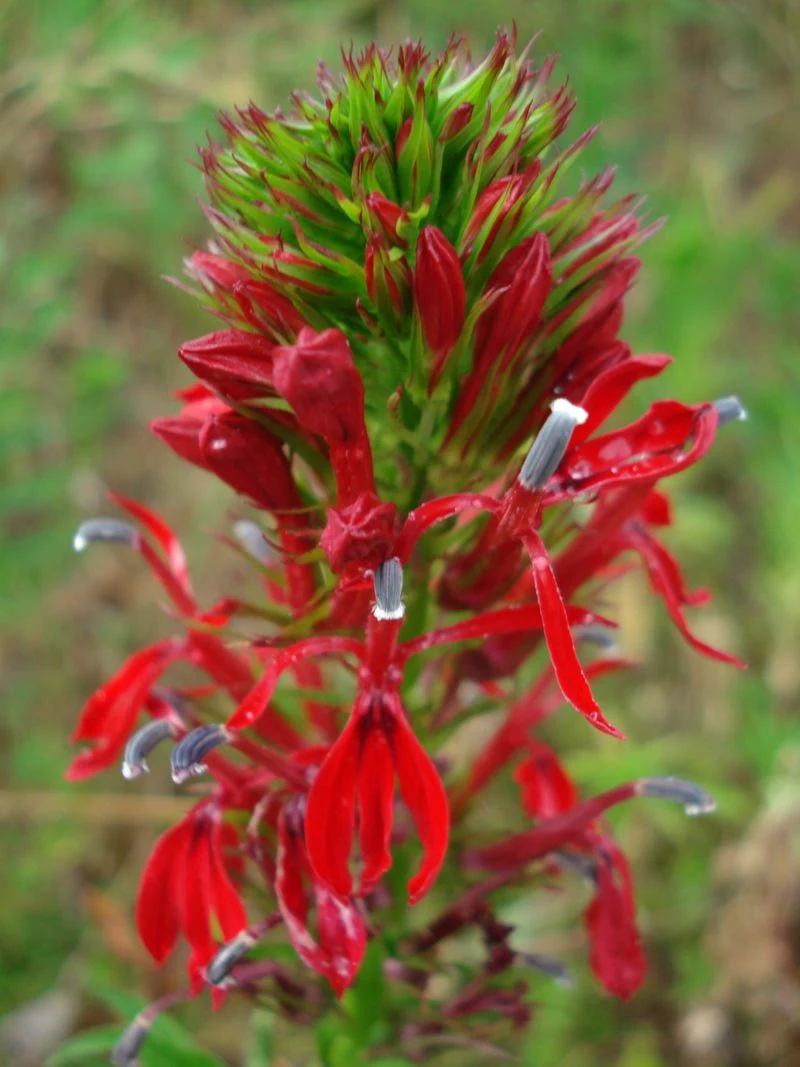
With its striking red blossoms, the Cardinal Flower is a beacon for hummingbirds and a jewel of the woodland streams.
This wildflower thrives in moist environments, offering vital nectar to pollinators and adding a splash of color to the greenery. Its bright hues make it easily noticeable, yet its presence is fleeting, blooming only briefly.
A symbol of natural vibrancy, the Cardinal Flower enriches the biodiversity of its habitat, standing as a reminder of the fleeting yet profound beauty found in nature.
Purple Coneflower
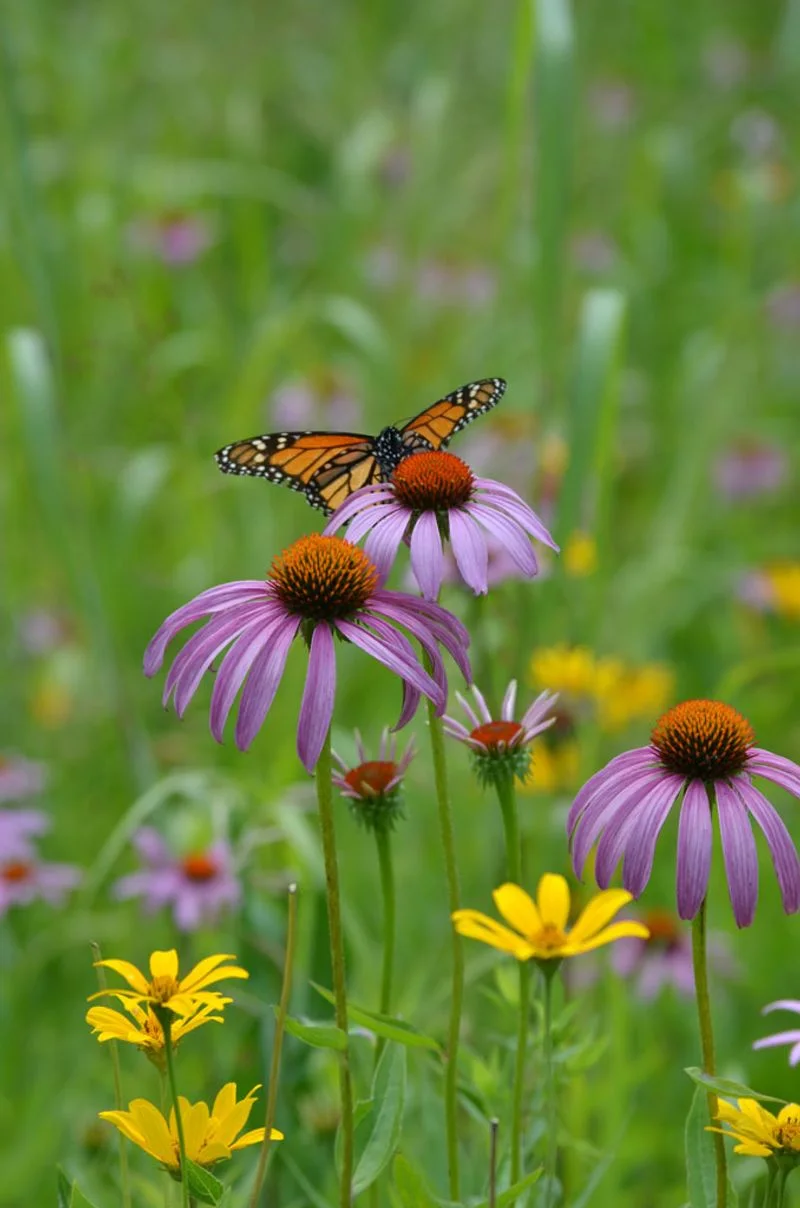
Purple Coneflower is a prairie staple, famed for its prominent central cone and purple petals.
This resilient wildflower supports a plethora of pollinators and provides medicinal benefits, cherished by herbalists for centuries.
A symbol of strength and healing, it graces open landscapes with its robust presence and ecological importance. Its ability to thrive in diverse conditions makes it a key player in prairie ecosystems, enhancing the natural tapestry with its vibrant blooms.
Butterfly Milkweed
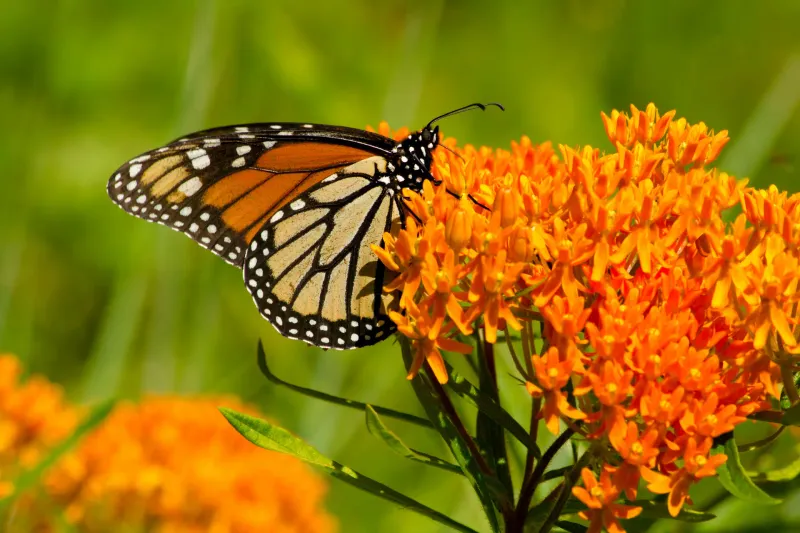
Butterfly Milkweed bursts with vibrant orange clusters, attracting monarch butterflies with its rich nectar.
This wildflower thrives in sunny meadows, playing a crucial role in supporting butterfly populations and enhancing biodiversity. Its medicinal properties have been recognized by indigenous cultures for generations.
A beacon of color and life, Butterfly Milkweed is a symbol of ecological harmony, serving as a vital link in the lifecycle of pollinators and enriching our natural heritage.
Shooting Star
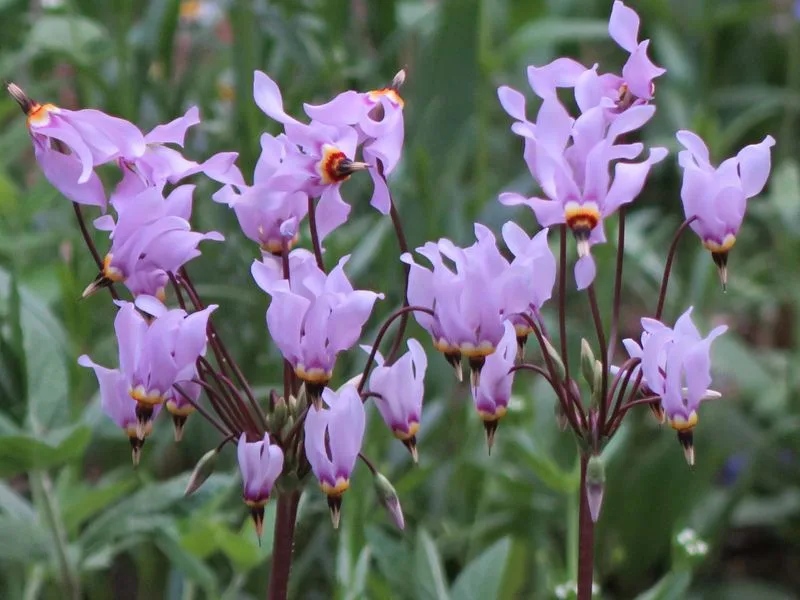
Shooting Star captures attention with its nodding pink flowers, resembling stars falling from the sky.
Found in woodland clearings, this wildflower blooms in the spring, offering a delicate beauty that enchants all who encounter it. Its unique structure attracts specialized pollinators, contributing to ecological diversity.
As a symbol of fleeting beauty, the Shooting Star reminds us of the ephemeral wonders of nature, enhancing the tapestry of wild landscapes with its presence.
Wild Bergamot
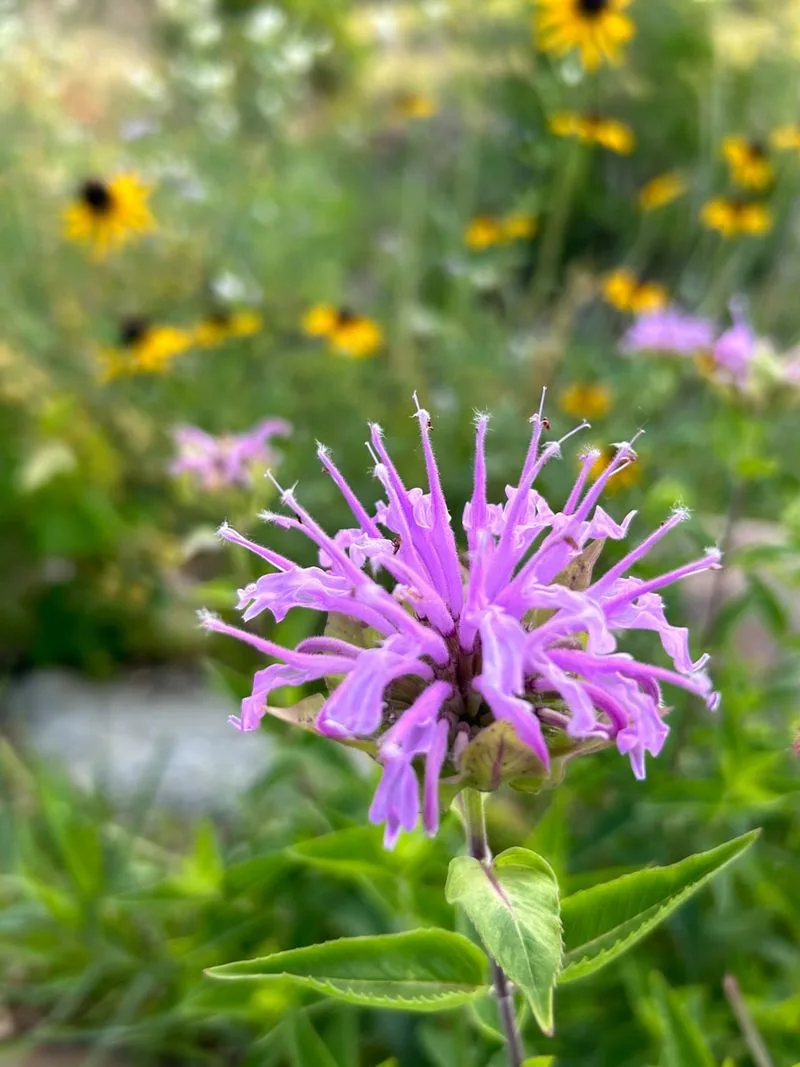
Wild Bergamot, with its fragrant purple clusters, is a favorite among pollinators and herbalists alike.
Thriving in open fields and meadows, this wildflower enhances biodiversity and supports ecosystems by attracting bees and butterflies. Its aromatic leaves have been used in traditional medicine and as a flavoring.
A symbol of natural abundance, Wild Bergamot enriches the landscape and connects us to the wisdom of nature, offering both visual and sensory delight.
Alabama Gladecress
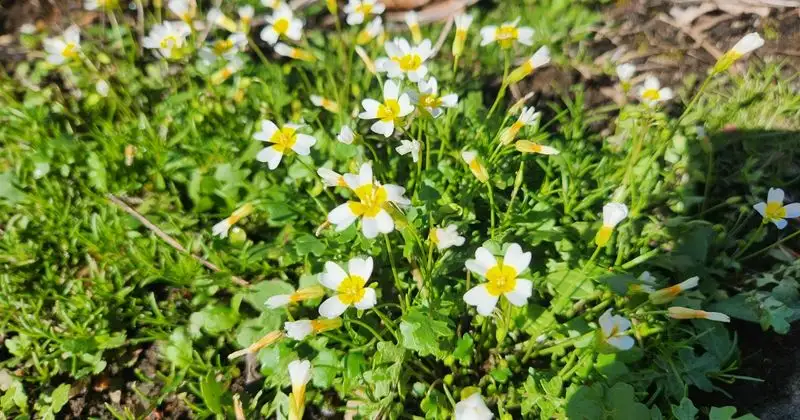
Nestled in the rugged limestone glades of Alabama, the Alabama Gladecress is a testament to nature’s resilience. This petite wildflower with its pale yellow petals thrives in harsh, rocky terrains where few others can survive.
Its presence is vital for the local ecosystem, providing food and habitat for various pollinators, including bees and butterflies. The Alabama Gladecress is not just a pretty face but a crucial player in maintaining ecological balance.
Did you know? This rare flower is a symbol of the unique geological features of Alabama, drawing attention to the importance of preserving such habitats.

